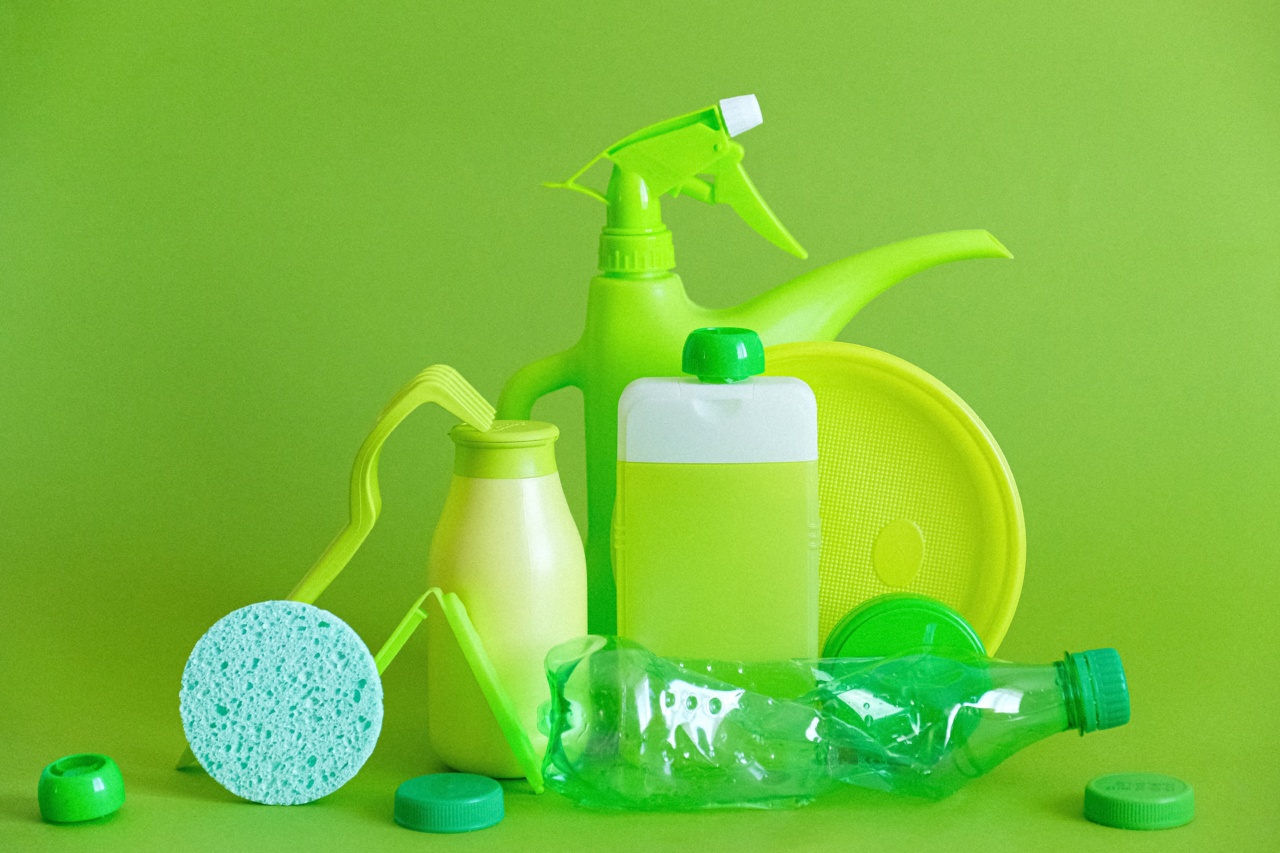Vitamin D is a vital nutrient that aids in our body’s ability to absorb calcium. It is essential for our bone health, muscle function, and overall well-being.
However, too much vitamin D can lead to toxicity and cause harm to our bodies, most notably our kidneys. In this article, we will explore the dangers of vitamin D toxicity, how it affects our kidneys, and how to prevent it.
What is Vitamin D Toxicity?
Vitamin D toxicity, also known as hypervitaminosis D, occurs when there is an excess of vitamin D in the body. Our bodies produce vitamin D when we are exposed to sunlight, and we can also get it from food, supplements, and fortified beverages.
While vitamin D is essential for our health, too much can be harmful.
The recommended daily dose of vitamin D for adults is 600-800 IU per day, and the daily upper limit is 4,000 IU. However, some people can tolerate higher doses, and others may be more sensitive to vitamin D.
Vitamin D toxicity occurs when blood levels of the vitamin exceed 150 ng/ml.
The symptoms of vitamin D toxicity can vary, but some common ones include:.
- Nausea and vomiting
- Constipation
- Poor appetite and weight loss
- Weakness and fatigue
- Confusion and disorientation
In severe cases, vitamin D toxicity can also lead to kidney damage, which we will discuss next.
How Does Vitamin D Toxicity Affect the Kidneys?
The kidneys play a crucial role in regulating the levels of vitamin D in our bodies. They convert vitamin D into an active form that helps the body absorb calcium, which is essential for bone health.
However, when there is an excess of vitamin D in the body, the kidneys have to work harder to eliminate it from the body.
Over time, the excessive workload can lead to damage to the kidneys, particularly the structures responsible for filtering waste from the blood. This can cause a condition called nephrocalcinosis, which is the accumulation of calcium in the kidneys.
Nephrocalcinosis can lead to kidney stones, chronic kidney disease, and even kidney failure.
Who is at Risk for Vitamin D Toxicity?
While vitamin D toxicity can occur in anyone, some groups are at higher risk, including:.
- People who take high doses of vitamin D supplements without medical supervision.
- People who work indoors or have limited sun exposure.
- People with underlying health conditions, such as liver or kidney disease, that affect vitamin D metabolism.
- People who are obese, as vitamin D can be stored in fat tissue, leading to higher blood levels.
How to Prevent Vitamin D Toxicity
The best way to prevent vitamin D toxicity is to follow the recommended daily dose and to have your blood levels monitored regularly if you are taking high doses of supplements.
If you have a medical condition that affects vitamin D metabolism, talk to your doctor about the appropriate dosage for your individual needs.
Sun exposure is another factor that can affect your vitamin D levels. While it’s important to get some sun exposure for vitamin D production, too much can increase the risk of skin damage and cancer.
The American Academy of Dermatology recommends using sunscreen with an SPF of 30 or higher and seeking shade during peak sun hours.
Lastly, it’s important to maintain a healthy diet that includes vitamin D-rich foods like fatty fish, egg yolks, and fortified cereals, and to stay active to support overall bone health.
Conclusion
Vitamin D is a crucial nutrient for our overall health, but too much can be harmful, especially for our kidneys.
Vitamin D toxicity can lead to nephrocalcinosis and kidney damage, so it’s important to follow the recommended daily dose and to discuss any supplements or medical conditions with your doctor. By practicing safe sun exposure, maintaining a healthy diet, and staying active, we can support our bone health and overall well-being without risking vitamin D toxicity.































